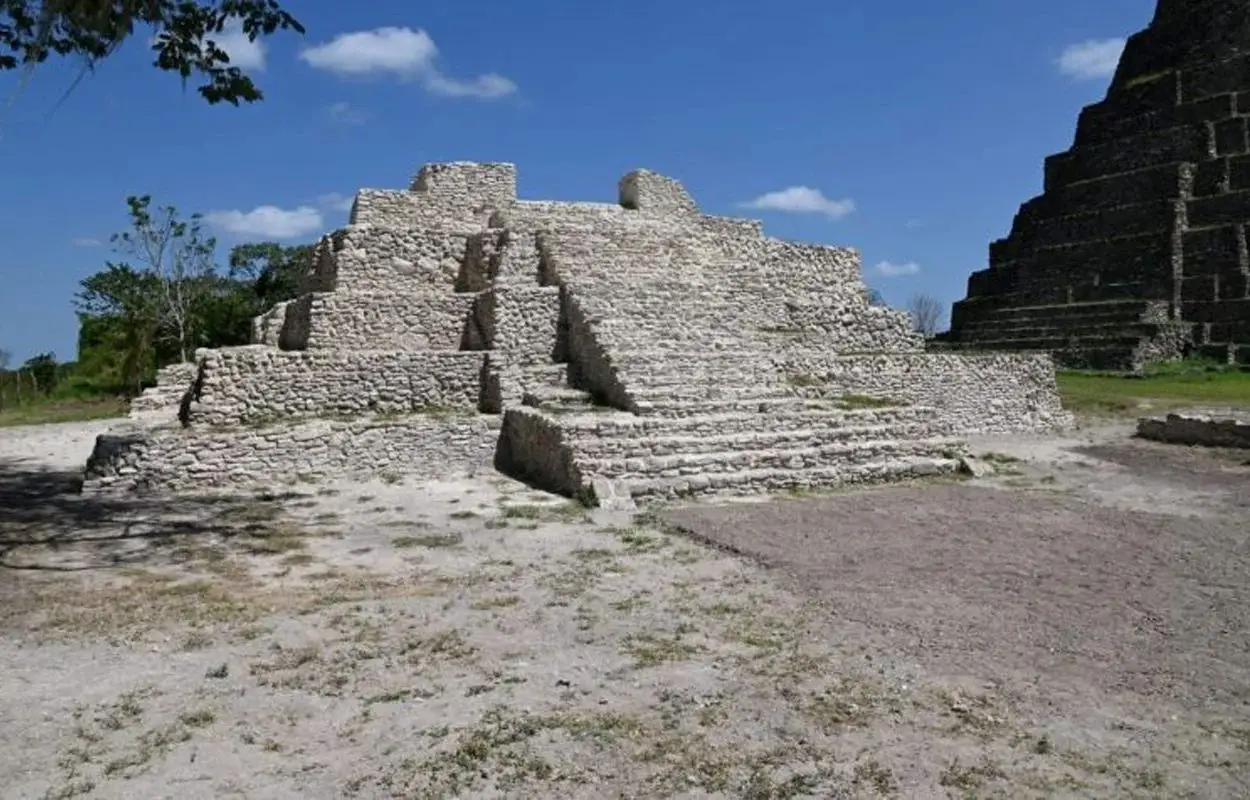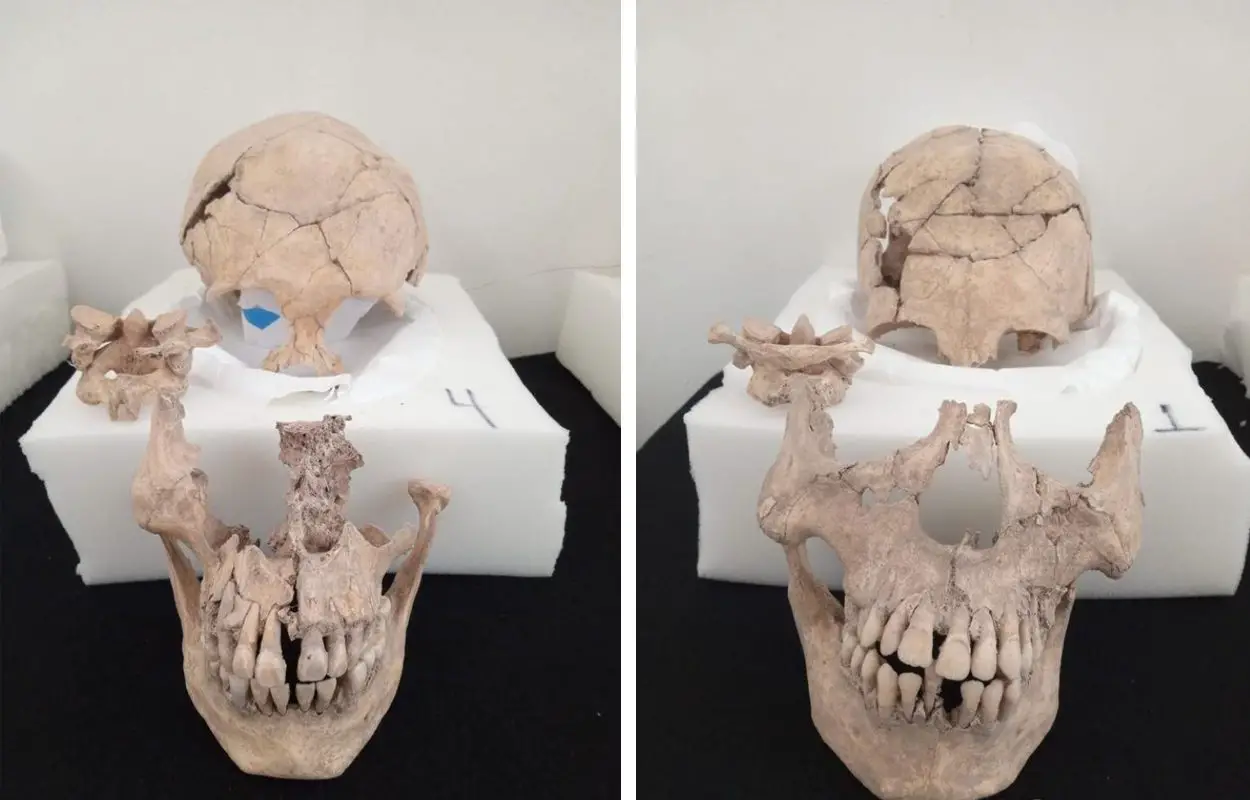Archaeologists from the National Institute of Anthropology and History (INAH) have identified evidence of ritual beheading during excavations of a pyramidal structure at the Maya ruins of Moral-Reforma.
Moral Reforma is a Maya city from the Classic period, located in the municipality of Balancán in the Mexican state of Tabasco. Occupation of the site dates from around AD 300, emerging as an important trading centre along the San Pedro Mártir River.
The city reached its peak during the years AD 622 to 756, covering an area of 215 acres with palaces, plazas, and several pyramid complexes.
In April 2023, INAH archaeologists announcement the discovery of 13 burials directly in front of the stairwell of Structure 18, a pyramidal monument located south of the main temple complex.

Researchers have now conducted a physical anthropological study of the burial remains, confirming that at least two of the individuals were decapitated as ritual offerings during the Late Classic Period (AD 600 to 900).
One of the two skulls has traces of horizontal cut marks in the craniocervical junction, which is made up of the occipital bone (the bone that forms the base of the skull) and the first two bones in the upper spine.
Miriam Angélica Camacho Martínez, a physical anthropologist from the INAH Tabasco Centre, said: “the use of a sharp object was used to extract the skull, and we know this because the cervicals and the mandible maintained their anatomical relationship, although it is difficult to determine if this injury was the cause of death or if it was done post mortem.”
Several of the burials also had skulls with signs of tabular oblique deformation, a form of artificial cranial modification to indicate an elevated social status. The researchers have proposed that the burials, arranged in terms of depth and style, were possibly intended as offerings to a Mayan underworld deity, as part of a ritual to sanctify the temple.
Header Image Credit : Miriam Angélica Camacho Martínez





